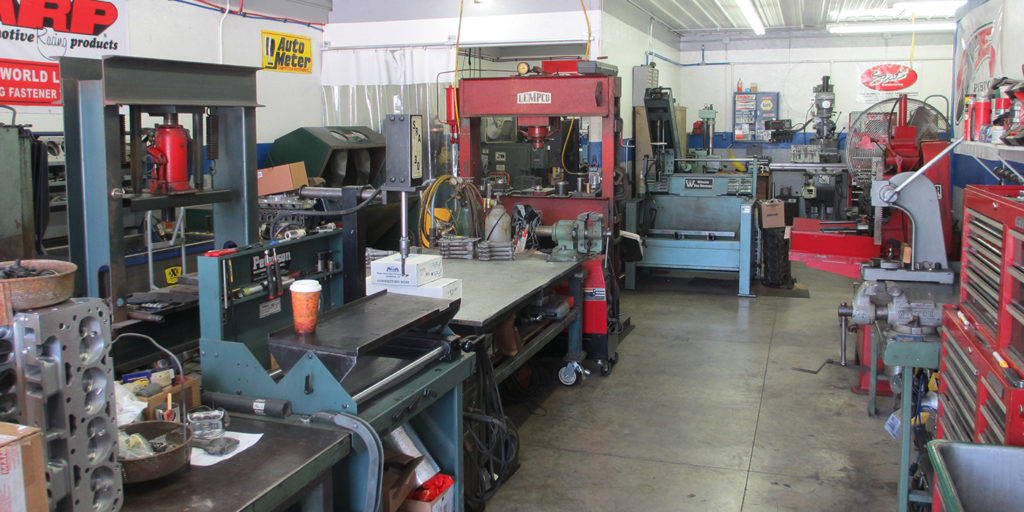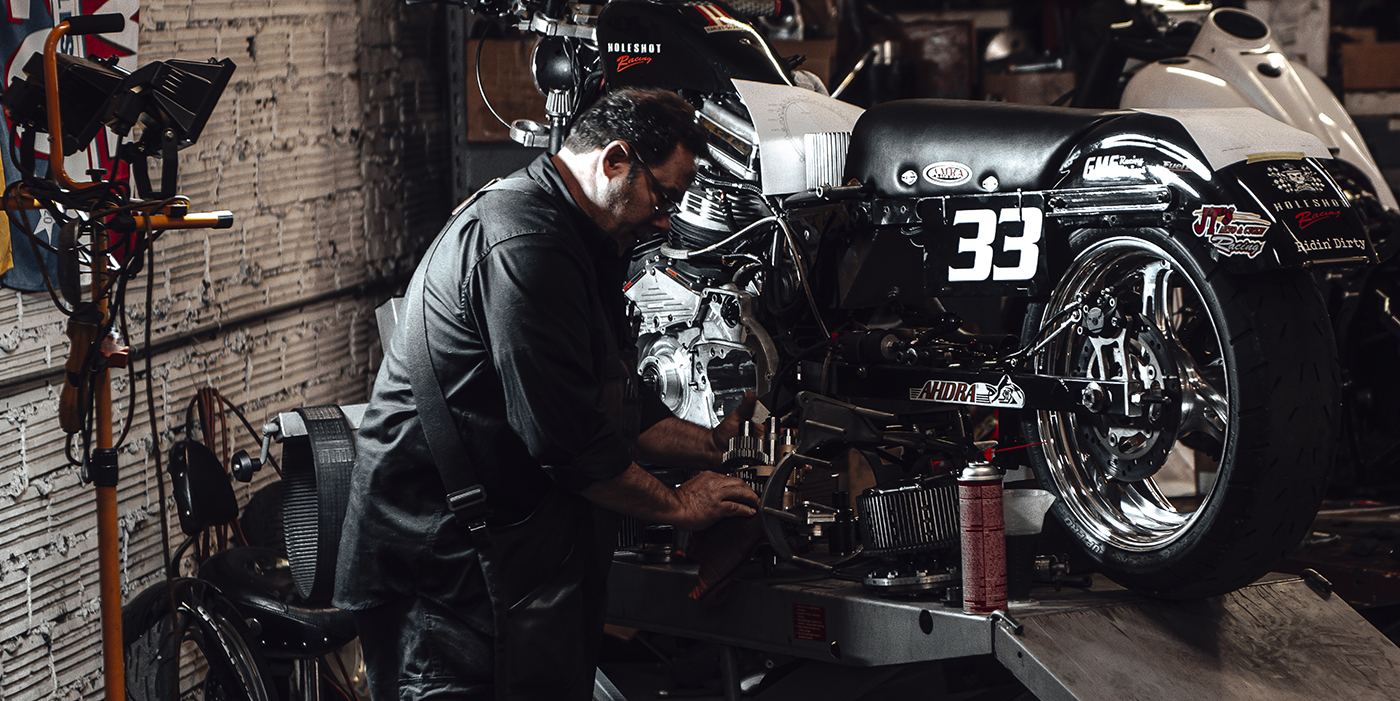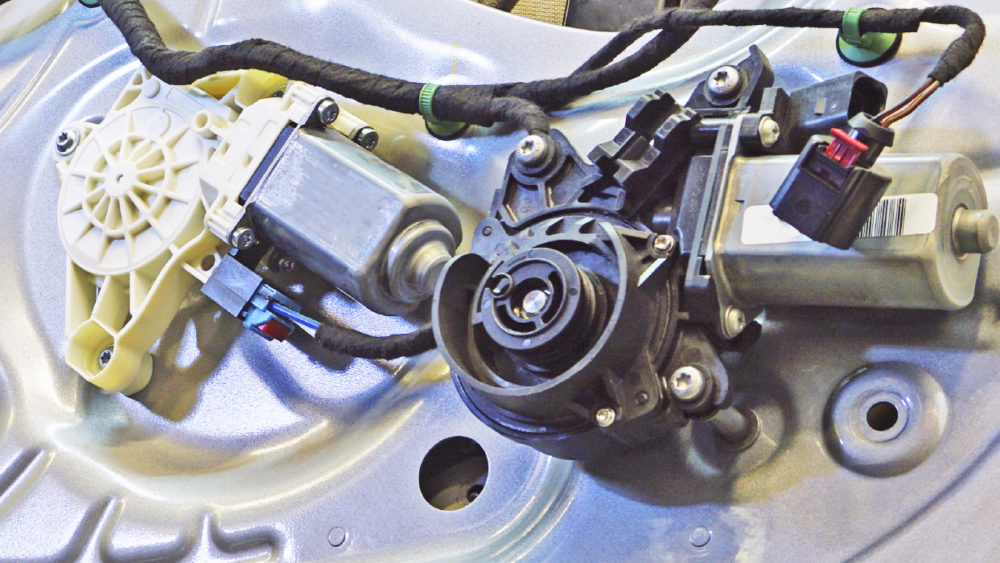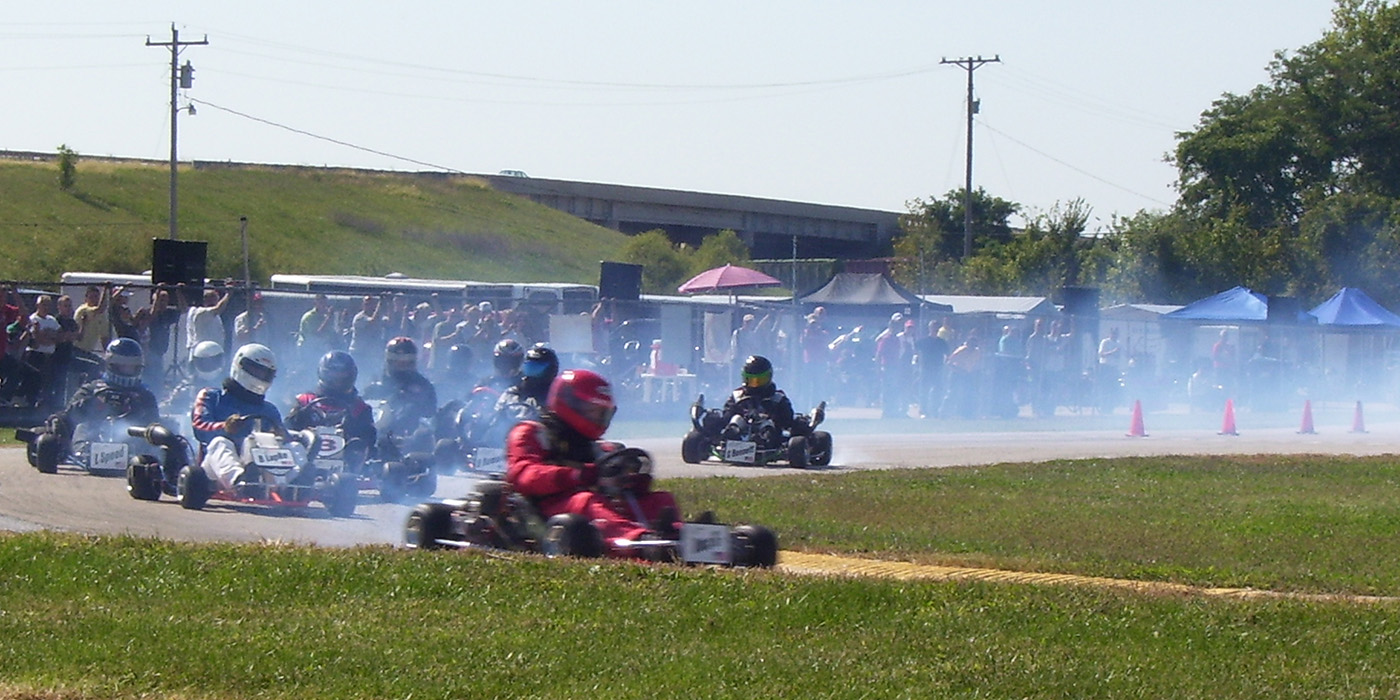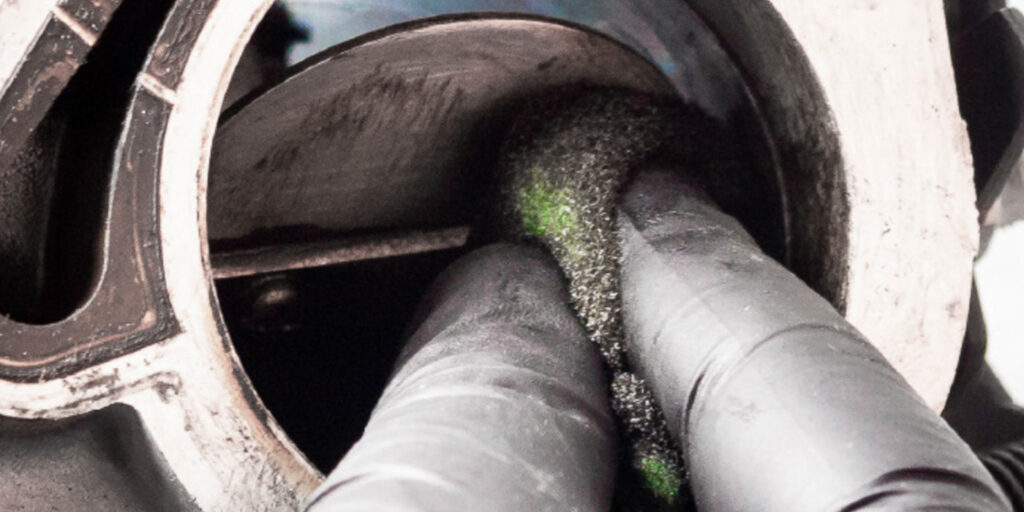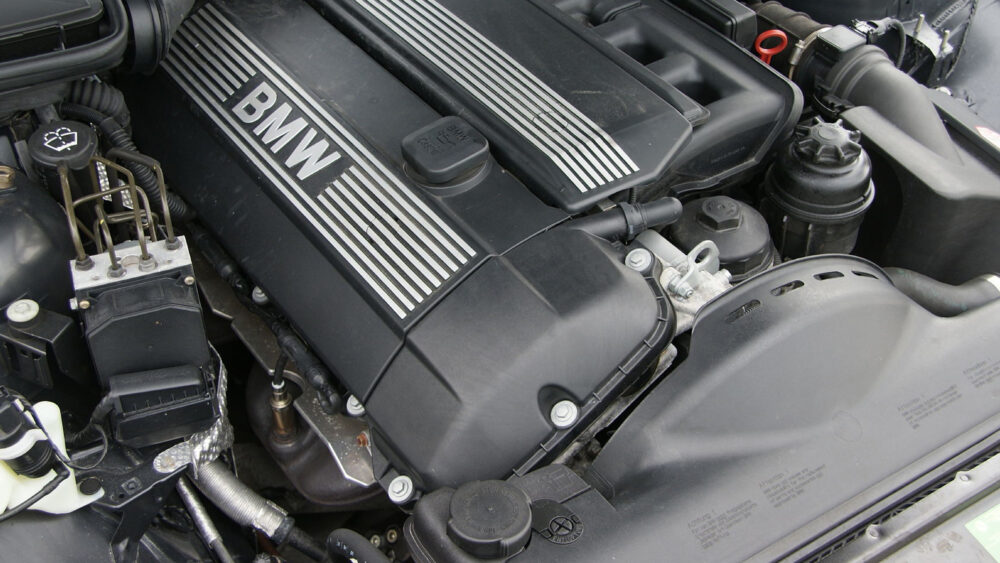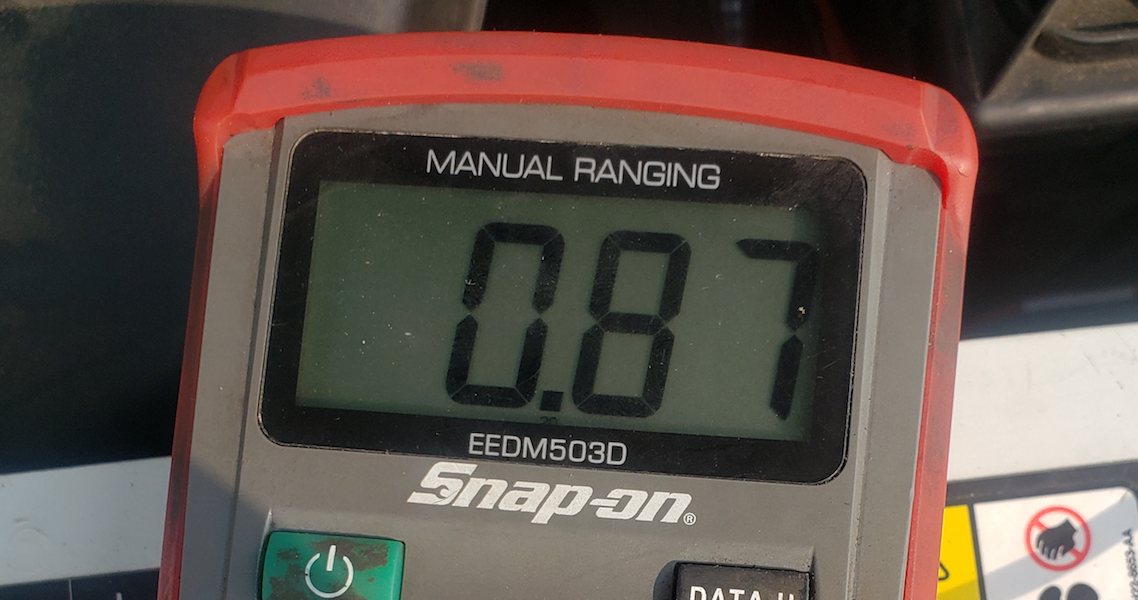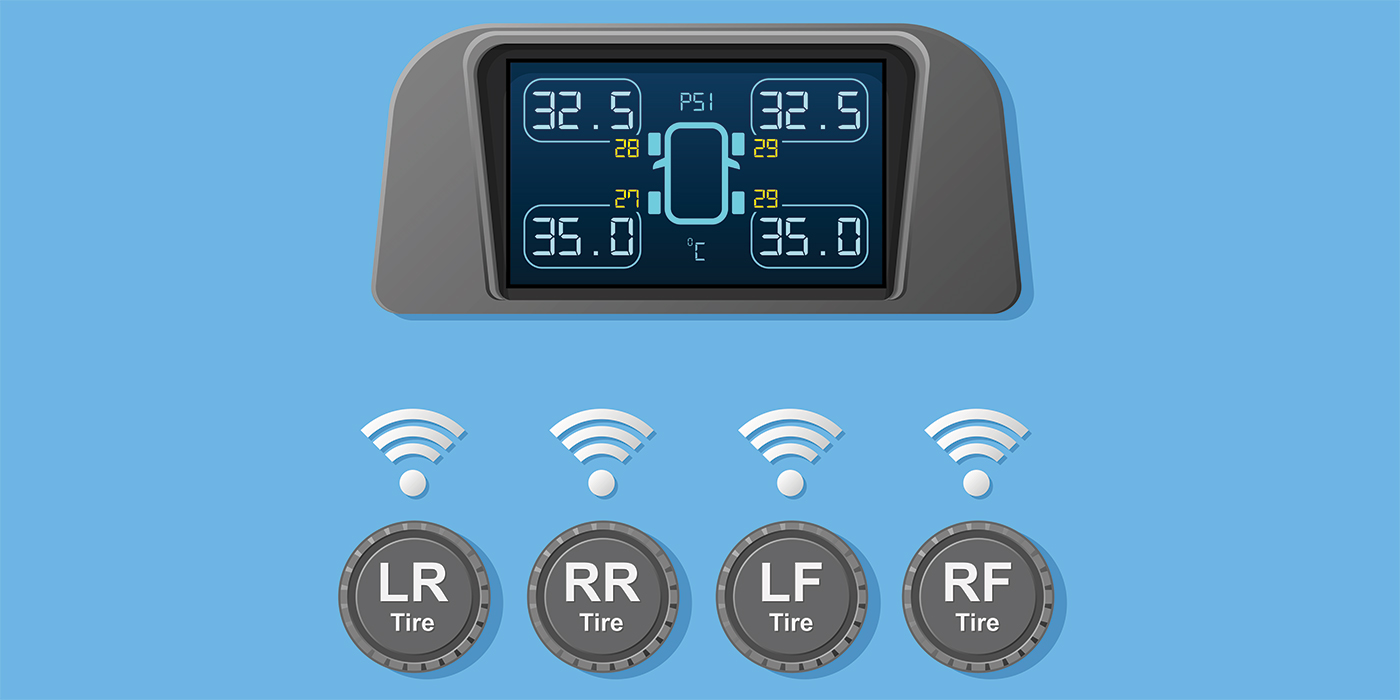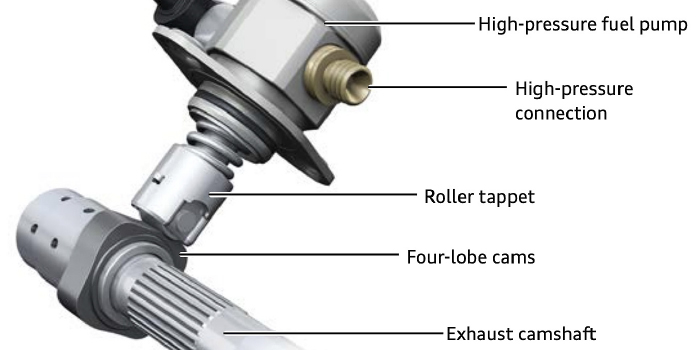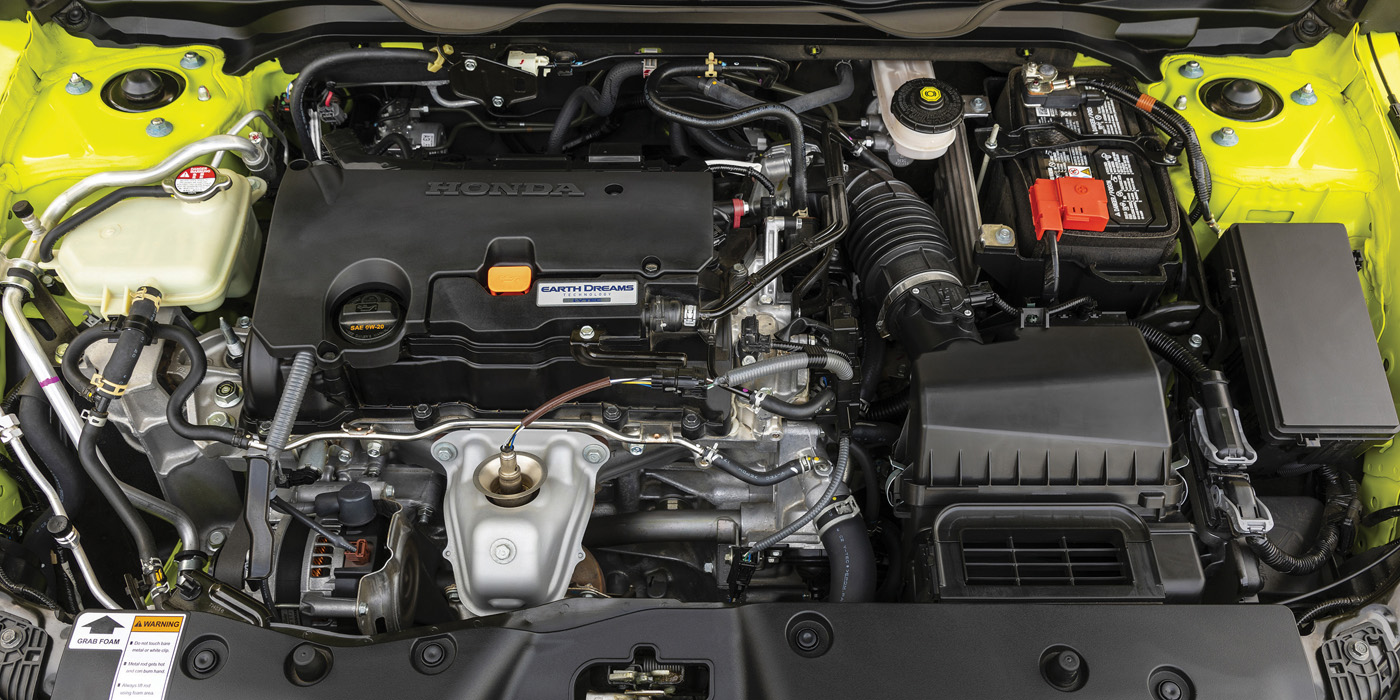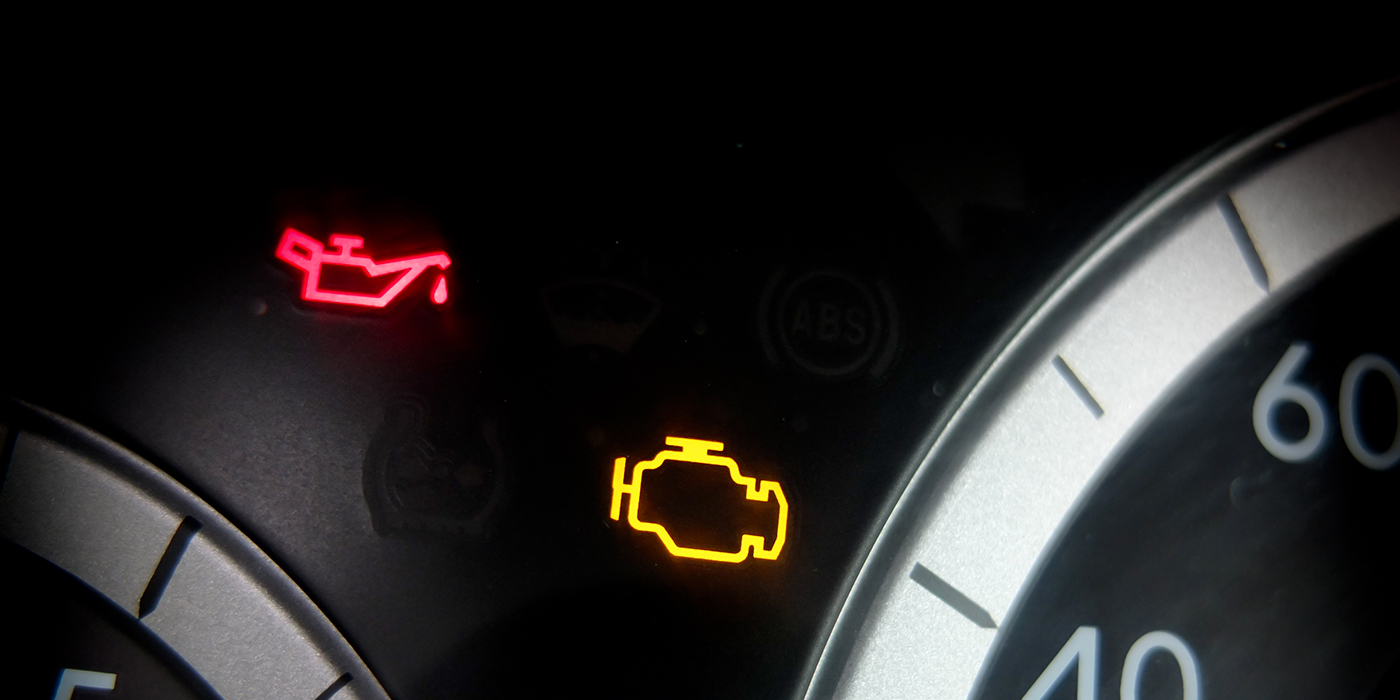In the past couple of years, we’ve discussed the various maintenance requirements for your big machines – surface grinders, crank grinders, cleaning machines, CNCs, etc. Now we’re going to take a look at other devices that play an important part in building the best possible engines for your customers – the air compressor, hydraulic press, brake lathe, bench grinder, and seat grinding set.
Air Compressor
We generally take this unit for granted, but it’s vital, as it supplies compressed air to all of your machines. If this machine goes down, the whole shop goes down until you get air back into the system. Having to blow into the end of your air impact wrench isn’t going to cut it.
Be honest, when was the last time you changed the oil in your air compressor? This should be done at least every year. Use non-detergent 30-weight oil, but as always, double check your owner’s manual and follow the manufacturer’s recommendations for the proper weight oil. You may also want to consider using a “compressor cool” additive to keep the compressor oil cooler and minimize condensation in the pump.
Next, you’ll want to inspect the drive belts for wear. Always replace these in matched sets to maintain a balanced tension from drive to driven pulley. Also, make sure your belt guard is doing its job. If it’s just hanging on, take the time to affix it properly to the machine.
If you look under your air storage tank you will see a water drain valve. Compressed air creates condensation. During the humid summer months, you may need to drain this reservoir daily and during cooler months, at least once a week. I recommend an in-line water separator and automatic oiler attached, no less than 10-12 feet from the air compressor. This distance allows the air to semi-cool before going through the filter allowing it to better do its job. Keep in mind some of your high-dollar machines need air to run and you don’t want any water to create rust or contamination in the air system.
Next, you’ll want check your air lines for leaks. If there are any, take the time to repair them. It’s also recommended that you place automatic oilers at the air stations that feed your air tools, and utilize caps to cover the tips of your air tools when not in use. They are an inexpensive and easy-to-use way to keep debris from getting inside your air tools.
Hydraulic Press or H-Frame Press
Many shops have a hydraulic press for a variety of pressing jobs. Be sure to change the hydraulic oil at least every two years. Replace it with a high quality, non-foaming type or whatever the manufacturer recommends.
Does your press have a tonnage gauge? Does it work? If not, replace it. It’s important to know how much pressure you’re putting on a part. Some presses use air over hydraulic to create the necessary pressure. Again, make sure there is an oiler and water separator on the press and periodically clean and add fresh oil.
Inspect your pressing tools for nicks, burrs, mushrooming, etc. If your tools are mushroomed, that’s an accident waiting to happen. Replace those worn tools.
Brake Lathe
If you turn drums and rotors in your shop, the brake lathe needs attention as well. Put a dial indicator on the spindle and measure run-out. If you see more than .002˝ run-out, you need to either straighten that arbor or order a new one. Check the drive belts for wear, inspect the pulleys and clean or replace as necessary. Inspect your cones and adaptors for nicks and burrs and de-nick or de-burr as required. Organize your tools by size to speed up the mounting of the various drums and rotors.
Inspect the dovetail ways on your machine. Clean and adjust the gib to allow free movement without binding. DO NOT lubricate the dovetail slides on your brake lathe. Lubrication will attract dust and chips and will cause premature wear on the slides. Look over all the controls, knobs, switches, boots, seals and safety guards and replace as necessary.
Dump the chip tray every day. You can add these cast iron chips to your garden; it actually adds iron nutrients to the soil.
Bench Grinder
Inspect the grinding wheels and dress to ensure they are straight and true. Look at the wire brush for any missing sections of wire and replace the whole wire brush as needed. Inspect the bearing for noise and replace as required. Make sure your safety shields are in place and always wear eye and face protection.
Seat Grinding Set
We know that many of you have those really cool “cylinder head machining centers,” but don’t forget the importance of keeping your seat grinding kit up to par. This is a must-have tool for those single combustion chamber jobs, as well as those small displacement valve jobs that don’t easily mount to your cylinder head machining center.
Plus, many of you use your seat grinding kit each and every day for all of your valve jobs. Inspect your dresser diamond. Make sure it has a point. Make sure the threads the diamond screws into are clean and re-tap as required. Check the stone holder pilot in the dresser – over time it will wear and need to be replaced.
Measure the ID of the stone holders for wear. You can simply put a brand-new pilot into the stone holder and pull it out, listening for a popping sound. This popping sound tells you that the clearance is tight. But we’re machinists and I recommend that you measure the ID to eliminate any guess work. Spin the stone holder and listen for any bearing noise or grit contamination noise. Replace the stone holder when you hear any bearing or grit noise.
Next, organize your pilots according to size. Measure the pilots at the top and the bottom and note the difference. If you have more than .001˝ in wear, the pilot is junk and needs to be replaced. If the tops of your pilots are worn, your valve seat concentricity will be severely compromised.
If you use an air grinder, clean and lubricate it daily. If you use an electric grinder, pay attention to the trigger assembly. See any sparks when you press the trigger? Replace it before somebody gets shocked. On either unit the nose bearing assembly will wear and replacements are available.
This may seem like a lot of extra effort for “smaller” machines, but if you take care of them, they’ll take care
of you.
Honing Maintenance
Let’s start with one of the main ingredients of honing: the honing oil. Automotive type transmission fluid is NOT honing oil. Period! Don’t use tranny fluid in your honing machine! Honing oils are not all alike either. Always use the highest quality honing oil from a supplier you trust.
It is essential that you keep your honing oil clean from debris as well as try to minimize the actual content of swarf (the combination of honing oil, broken down honing stone abrasive and severed material you are honing).
Your first line of defense against swarf entering your filters is honing filter paper. This filter paper comes in a variety of sizes and can be easily cut to fit your machine. Your next step is to replace your filter. Most machines have a cartridge-type filter while some use a spin-on oil filter like you have on your car. These filters will clog and need to be changed on a regular basis.
If your machine doesn’t have a filter, you can always rig one yourself. However, keep in mind that an automotive oil filter might be too fine to flow your honing oil properly. Keep experimenting until you find one to suit your needs.
I recommend adding a magnet to the equation to remove the metal particles from the honing oil. Something as simple as a horseshoe magnet – or better yet, a magnetic strip – will greatly improve the removal of metal from your honing oil and prolong the oil life, resulting in faster honing with less stone loading.
Moving on to honing stones, these are made from a variety of abrasive types and are designed for the material you are honing. They are designed to break down and, if used properly, they should wear evenly throughout their life. However, at times they will become loaded, clogged or glazed over. You can use a special diamond dresser, or you can use one honing stone against another to unload the pores of the grain to make them more free cutting. In the event they become worn unevenly you must re-true them with a hardened truing sleeve.
Truing sleeves are readily available for 1˝-6˝ diameters, and every shop should have one for the 3-1/2˝-4˝ range. You may find that you’ll need to fabricate your own for the larger diameters. Clamp the truing sleeve into your fixture and expand your stones to work the taper out of your honing stones. It sometimes will take a while, but it will be worth the effort to save that set of honing stones. Never use cleaning solvent to clean your honing stones as solvent will attack the bond of the stone, making the bond harder and affecting the result of the stone’s finish.
Once in a while or at least twice a year you should drain out all of your honing oil and scrape out the goo that forms over time. Use a degreaser to thoroughly clean the entire reservoir of your machine. Replace your filters and add new, fresh honing oil.
Also, look over your machine to ensure any grease areas are greased. Oil the traversing bar that allows the left and right movement of the honing head. Some of these machines’ hone heads are direct-drive with a gearbox and others are belt driven. For the gearbox unit, change the fluid according to the manufacturer. For the belt-driven machine, clean the belts and pulleys and adjust the belt tension according to the manufacturer’s recommendations. Look at the cover of your drive motor and fan and clean if necessary.
Wipe down your dial bore gauge and make sure it is calibrated accurately. Spray electrical contact cleaner into the spindle movement of your dial indicator. This will also flush out the indicator, so it moves freely.
Another tip is to rotate the carbide contact balls and contact centralizer rings. Always store your dial bore gauge back in its case or in a drawer when not in use. Remember, honing is the final machining operation prior to installing the pistons into the cylinders. If your machine is clean, accurate and always tuned up, your end result will be what you want it to be.
This article is courtesy of Engine Builder

